New York—A Matter of Life and Science
New York received its invitation to join the biotech cluster club – the guest list also includes San Francisco, Boston and San Diego. However, Transwestern’s newest report reveals if the city has what it takes to be a full-time member.
For the second time around, Boston was named the top U.S. biotech cluster, but it doesn’t mean the war for life science supremacy has a king, as New York emerged on the map as it continues to compete with massive biotech hubs. A series of initiatives that result in stronger incentives, new facilities and improved access to talent and expertise is on the verge of creating a socio-economic ripple effect. A new report from Transwestern reveals what really gets the metro’s life science industry moving.
The life
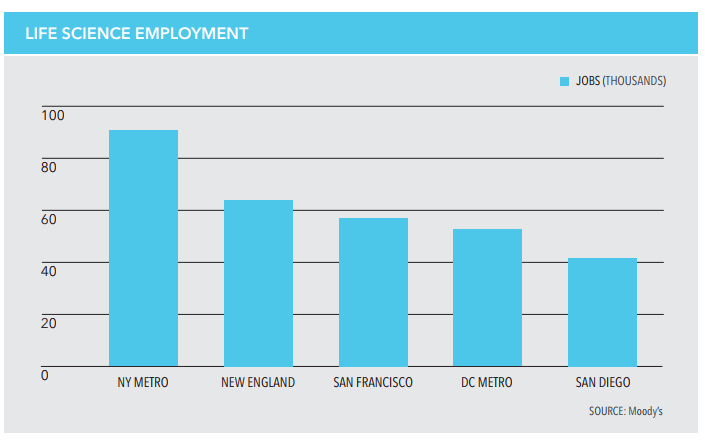 New York is the largest bioscience employer in the country. It counts more than 91,000 jobs and accounts for 20% of the total employment within the top 10 life science markets. Additionally, the area is home to the nation’s largest concentration of academic institutions that include 11 names such as Columbia University, Weill Cornell Medical College, New York University, Albert Einstein College of Medicine and Icahn School of Medicine at Mount Sinai, to name a few.
New York is the largest bioscience employer in the country. It counts more than 91,000 jobs and accounts for 20% of the total employment within the top 10 life science markets. Additionally, the area is home to the nation’s largest concentration of academic institutions that include 11 names such as Columbia University, Weill Cornell Medical College, New York University, Albert Einstein College of Medicine and Icahn School of Medicine at Mount Sinai, to name a few.
According to the U.S. News and World Report’s “Best Hospitals” 2016 list, it houses three of the country’s top 15 hospitals and five of the top 50 medical schools. All these institutions make up for the lack of funding force that’s behind Boston or San Francisco’s dynamics.
The space
The metro houses 120 life science companies. While some of them are struggling to expand their operations, start-ups hit a rough patch, as the supply-constrained market has a total of 1.7 million square feet of existing research space. The high rents and strict zoning regulations are important factors that burden the development process.
Prior to 2016, lab space (chemical compounding and packaging, the creation of pharmaceutical products and medical appliances, laboratories, research, experimental and testing facilities) fell under the M zoning code, which was designed for manufacturing districts. However, manufacturing buildings were difficult to access due to their location, so New York City came up with zoning variances which proved to be ineffective. Companies had to operate either on city-owned land or next to academic medical institutions. In December 2016, the Department of Buildings, Department of City Planning and the Economic Development Corp. reinterpreted certain zoning codes and broadened their use, making the sites more biotech-friendly.
On the other hand, the rest of the firms were left with no space to grow and moved to the suburbs. Companies like Regeneron, Armgo Pharma and TechnoVax chose the cheaper, more generous Westchester County. Others turned to adaptive reuse—Taconic Investment Partners and Silverstein Properties are on their way at transforming The Movie Lab into the Hudson Research Center. Another example is BioMed’s 400,000-square-foot Ardsley Park.
The green science
There are, however, life science companies which chose to stay in the metro’s urban areas. The bigger ones were lucky enough to raise funds for expansion, while the rest needed a push to make the next step forward.
The aid came in 2016, when the National Institutes of Health funded the city with $1.4 billion ($2.2 billion on state level), making New York the second highest funded city in the country. Its top three academic medical institutions—Columbia University, Icahn School of Medicine at Mount Sinai and New York University— received over $1 billion.
Additionally, there was another $1.1 billion in incentives that brightened up the metro’s sky. New York Governor Andrew Cuomo and Mayor Bill de Blasio announced big-money cluster-building efforts. In April, Cuomo agreed to include $650 million for life science programs in the state’s budget for 2017-18. Mayor de Blasio contributed wih LifeSci NYC, a $500 million in incentives designed to help create 16,000 life sciences jobs, in addition to the construction of a new applied life science campus and the expansion of the life science R&D facilities and commercial lab space network. The mayor also created the Life Science Advisory Council led by the best-in-class life science specialists.
New York city is well-positioned for success in the life science industry. It has talent and workforce, a healthy academic platform and a multitude of resources. With a great deal of support on its way, the city is poised to boost the national bioscience industry.
Images courtesy of Transwestern

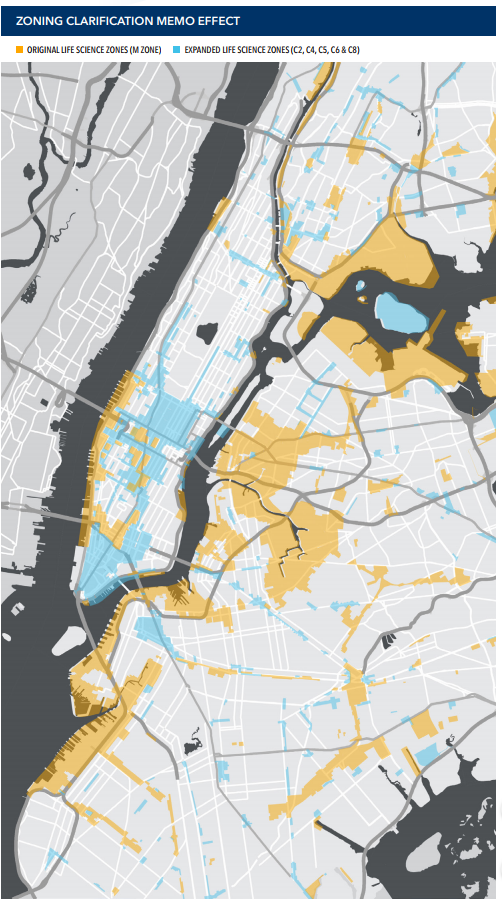

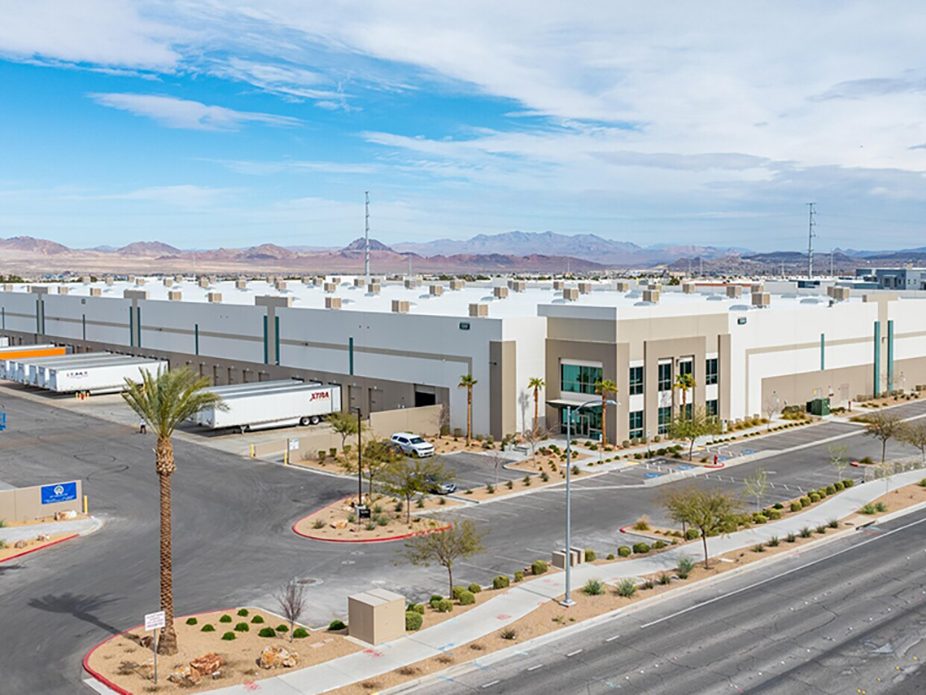
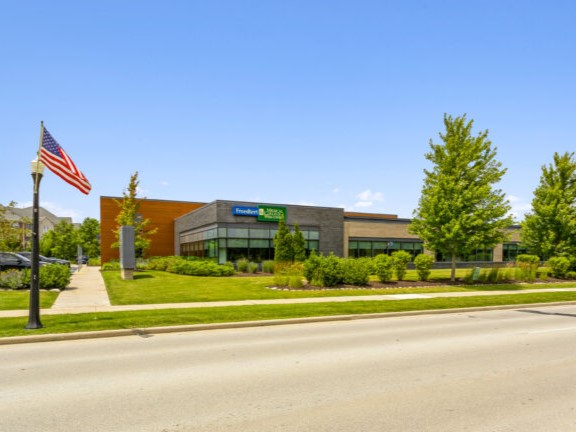
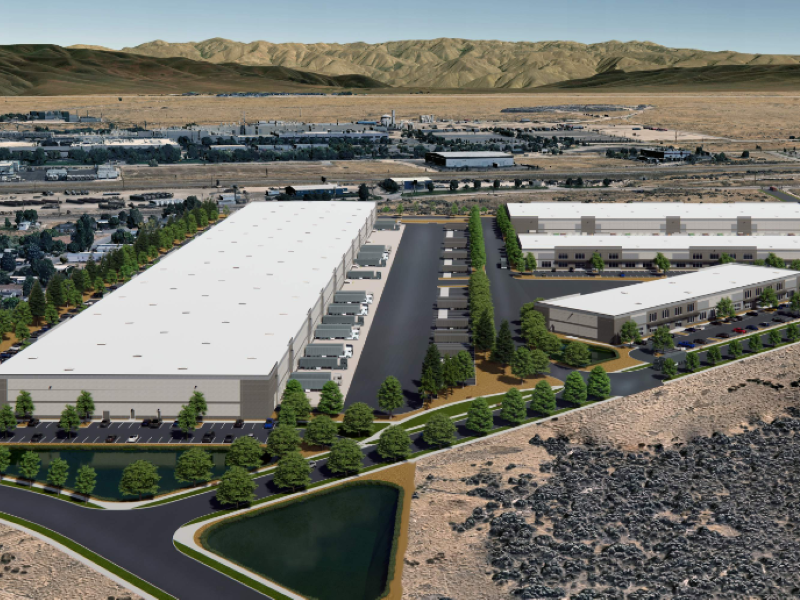
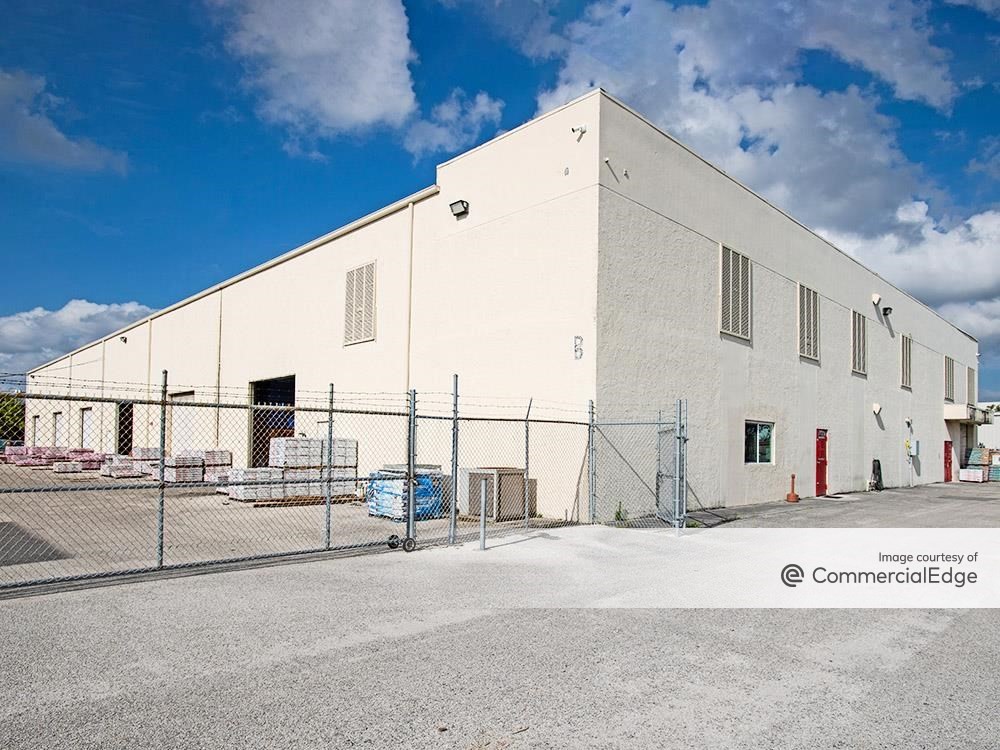
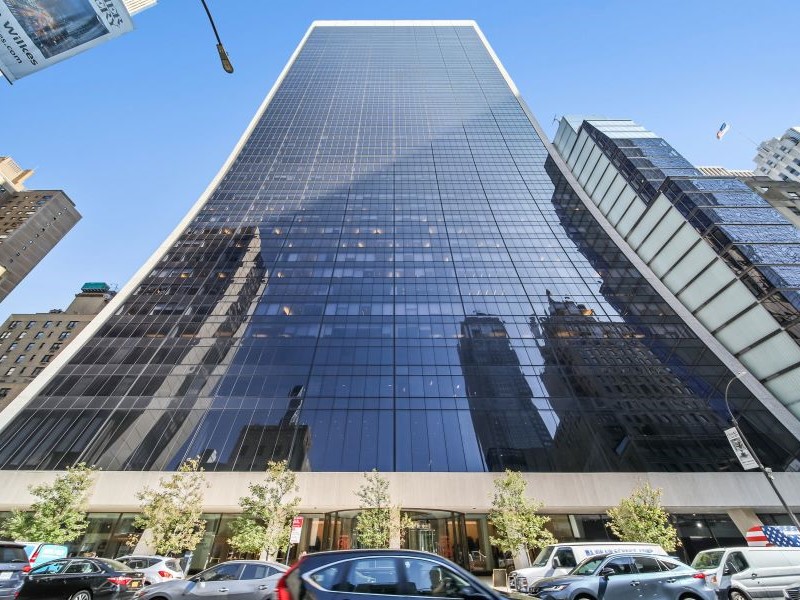
You must be logged in to post a comment.